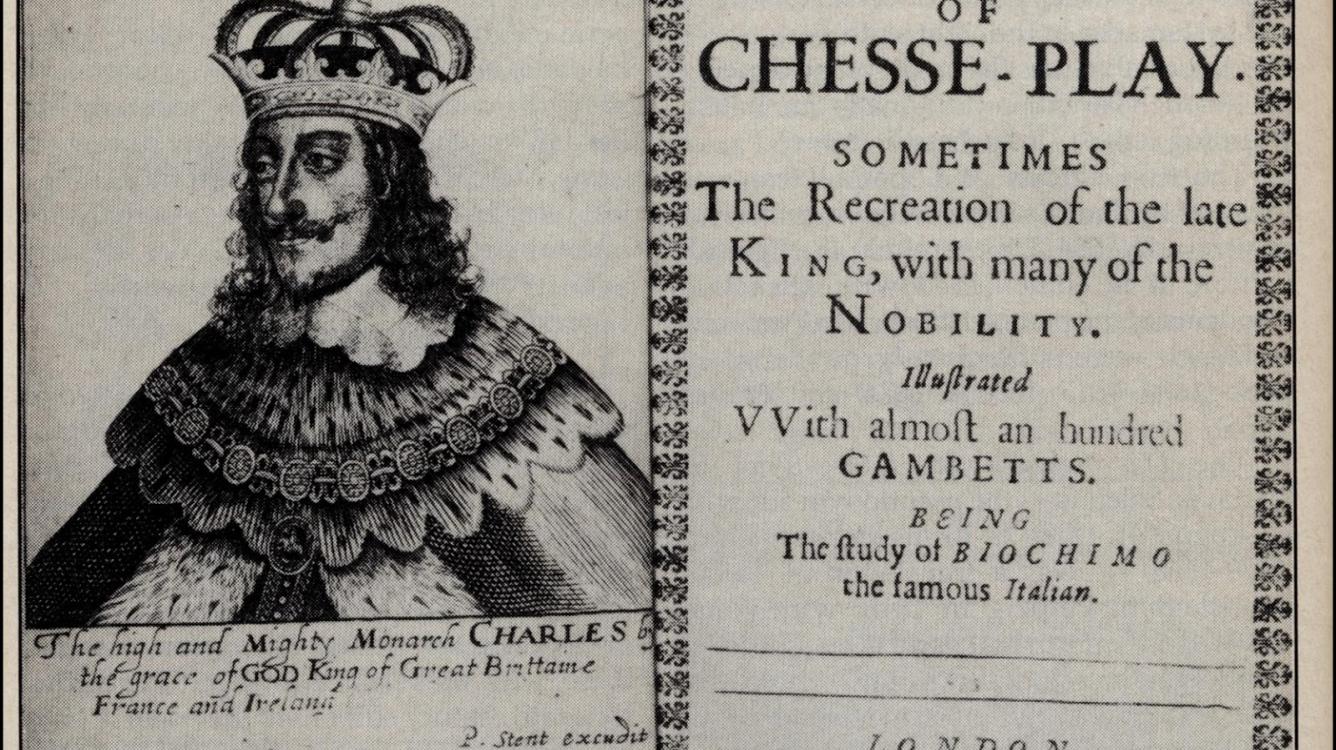
The eternal bishop sacrifice (part 1)
In the previous posts we focused on the dangers that await Black if he is not careful about the defense of the weakest square in the starting position - f7 pawn, which is only defended by the king.
Now we will turn to a popular method of attacking the weakest square in the short castle position for Black, which is h7 pawn. The reason why it is weak is the same as it was for f7 in the starting position - after the short castle it is only protected by the king.
About 400 years ago there was a famous chess master, Gioachino Greco, who was said to hail from Calabria, a region in Italy. He was one of the earliest chess masters whom we know not only by name, but also by his games. He was a true chess pioneer, and it would not be a big stretch to say that he was the strongest chess player in the world at his time. Greco probably invented a "smothered mate" and was one of the first to analyze the Italian Opening (anyone wants to guess why it was called Italian Opening?).
One of Greco's finest discoveries was a way to attack the castled king by sacrificing a bishop on h7, followed by a swift mating attack on Black king with a knight and a queen. Let us look at the original game, which introduced this concept:
Now we will fast forward 300 years and see the same motive implemented by another World Champion, Emanuel Lasker:
By now this bishop sacrifice became something that every chess player must know. However, it is not always as simple as in the examples above. The success of failure of Bxh7+ bishop sacrifice depends on how the rest of the pieces are placed, and if the attack runs out of steam, the extra piece usually decides the game in favor of the defender.
In the next post we will analyze a few games, in which Bxh7+ sacrifice was only a beginning of interesting fights that could have gone either way.